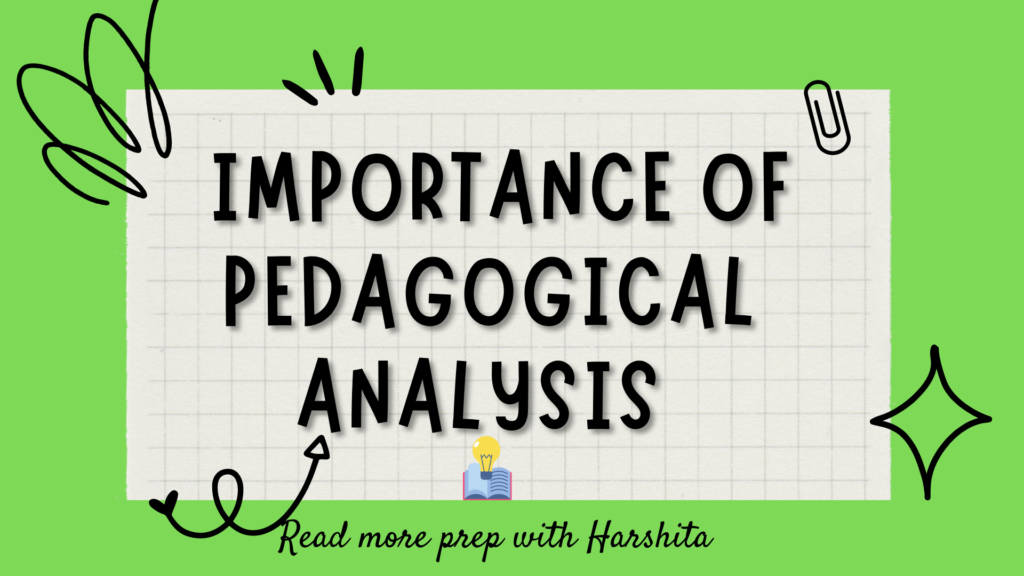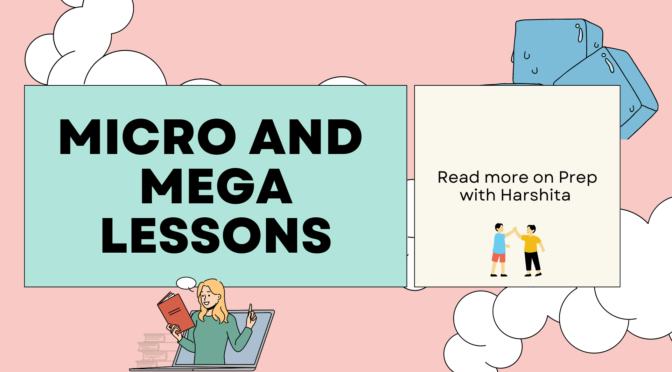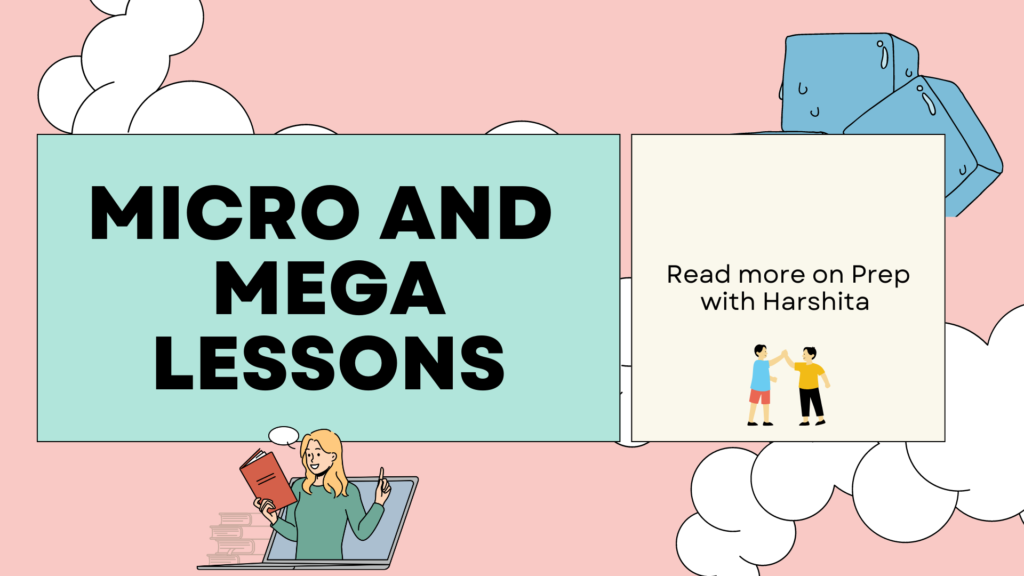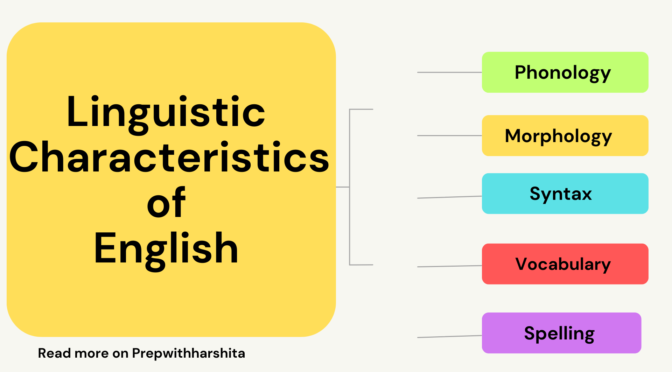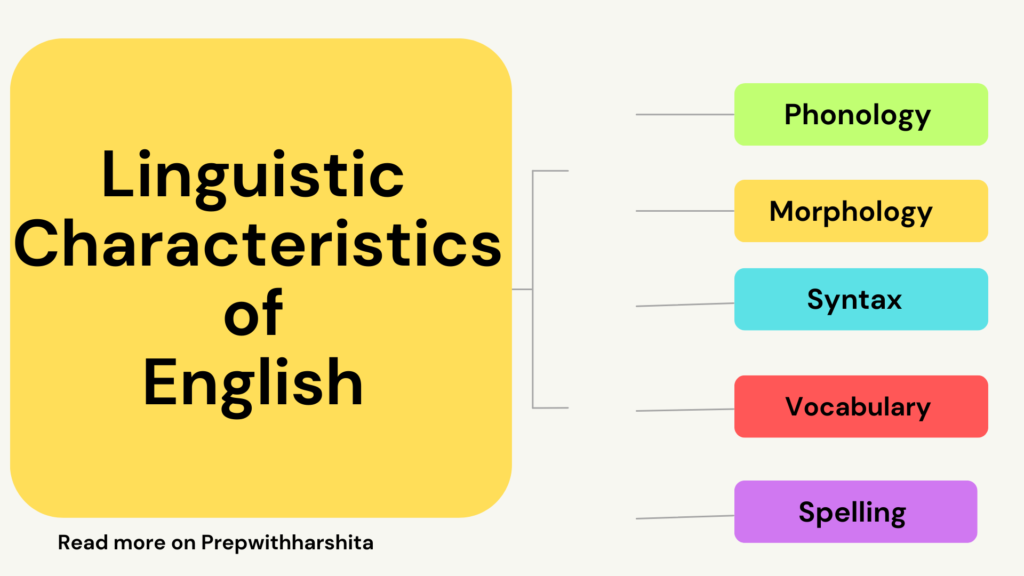Forecasting manpower needs in education requires a systematic approach that considers factors such as student enrollment, class sizes, program offerings, faculty workload, and staffing requirements.
Here are some steps to follow when forecasting manpower needs in education:
- Analyze student enrollment trends: The first step is to analyze student enrollment data from the past few years to identify trends and patterns. This will help determine the number of students who are likely to enroll in the coming years.
- Evaluate class sizes: Based on the anticipated enrollment figures, evaluate the average class sizes that will be required to accommodate all students. This will help to determine the number of teachers and other support staff needed.
- Determine program offerings: The next step is to determine the programs and courses that will be offered in the coming years. This will help to identify the required qualifications and skills for faculty and staff.
- Analyze faculty workload: Determine the workload of existing faculty members and assess whether additional faculty members are required to maintain quality standards.
- Consider staffing requirements: Based on the analysis of student enrollment, program offerings, class sizes, and faculty workload, identify the staffing requirements for administrative staff, counselors, librarians, and other support staff.
- Forecast the budget: Based on the estimated manpower requirements, forecast the budget for salaries, benefits, and other staffing-related expenses.
- Evaluate the feasibility of hiring: Finally, evaluate the feasibility of hiring and retaining the required number of faculty and staff. This will involve considering factors such as the availability of qualified candidates, the competition for talent, and the organization’s financial constraints.
Overall, forecasting manpower needs in education requires a comprehensive analysis of the organization’s current and future needs, as well as an understanding of industry trends and other external factors that may impact staffing requirements.
Also Visit : Prep with Harshita

Also Read : School Budgeting and Accounting procedure



